E-2
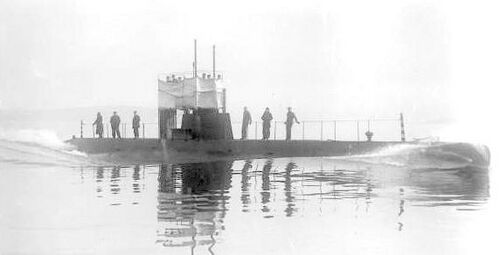
Photo in the private collection of Ric Hedman
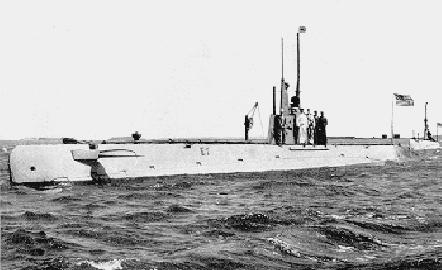
E-2 with her bow planes rigged out, probably somewhere Newport, RI., 1914. Her sister boat, E-1 is behind her.
Photo in the private collection of Ric Hedman
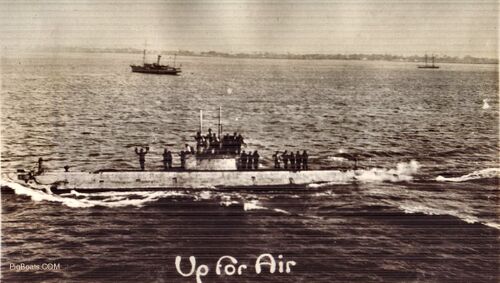
As the photo is captioned, the crew of the E-2 is on deck getting some fresh air and sunshine. The canvas and pipe bridge is not rigged so the submarine may be either heading out to dive or returning for diving. Perhaps the latter.
The long low shoreline in the background may be Long Island or the Connecticut coast. Time frame for the photo could be circa 1913-14. Several private yachts are seen in the background.
Photo in the private collection of Ric Hedman
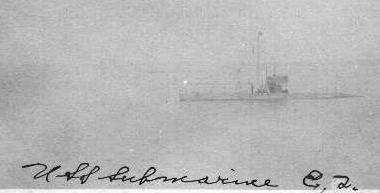
A low quality photo of E-2 on the surface, approximately 1914-1915. The location is unknown, but during this time she was operating along the U.S. east coast, with runs down to Guantanamo Bay, Cuba and the Gulf of Mexico.
Photo in the private collection of Ric Hedman
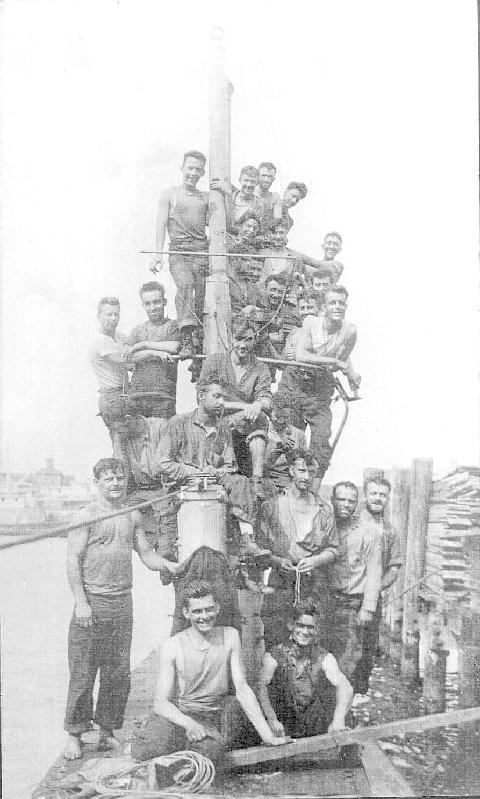
Crewmen of the USS E-2 pose for the camera, circa 1914-1918. The man on the far right side of photo on the deck level with the beard is Robert D. Greene, Electrician's Mate, of Weymouth, MA.
The man on the lower left with the bare feet has been identified by his grandson, Daniel Sweeney, as Daniel J. Sweeney and stated that "...he kept the log..." probably meaning he was a Quartermaster who was tasked with helping navigate the submarine and keep the logbooks up to date.
The following was related by Bob Greene, a grandson of Robert D. Greene, an E-2 crewmember.
On June 26, 1919 the E-2 dove for a three hour submerged run at 4 o'clock in the afternoon. Robert Greene was the switchboard operator on the dive.
An angle was ordered for the boat by the Captain and a 10 degree dive angle was placed on the boat. After the periscope had been submerged for 41 seconds the captain order the dive checked at 45 feet.
The captain asked how much power was being used by the battery and Greene responded 850 Amps on a side. The E-2 was running a bit heavy forward but a good trim all-in-all.
The crew was upbeat about the dive. Many of the crew were relaxing and napping. The E-2 was traveling at 9 knots at 45 feet. At 7:40 PM, an hour and a half after the dive, there was a grating crash as the E-2 hit bottom.
Reports say that the canvas covered wooden grating floor of the forward torpedo room heaved up and a hiss of high-pressure air ensued. The bottoming had crushed the hull and ruptured several lines from the #3, #4, & #5 high pressure air flasks. The hull was filling with that high-pressure air. The captain ordered that the mid ballast tanks be blown and this was done.
As the pressure in the boat rose, eardrums were bursting and almost every man was in agony by the time the boat began to raise to the surface. A crewman climbed into the conning tower access and was ready to crack the bridge hatch once the boat reached the surface.
Once the hatch cleared the surface, he managed to crack the hatch and the high-pressure air began to escape with a hissing screech. The man's shirt was torn from his body due to the force of escaping air and he was lifted off his feet that were on the ladder rungs. The man who opened the hatch held on to the hatch to keep it from opening too far.
Photo courtesy of Bob Greene, grandson of Robert D. Greene, E-2 crew member
Page created by:
Ric Hedman & David Johnston
1999 - 2023 - PigBoats.COM©
Mountlake Terrace, WA, Norfolk, VA
webmaster at pigboats dot com
